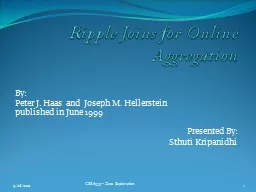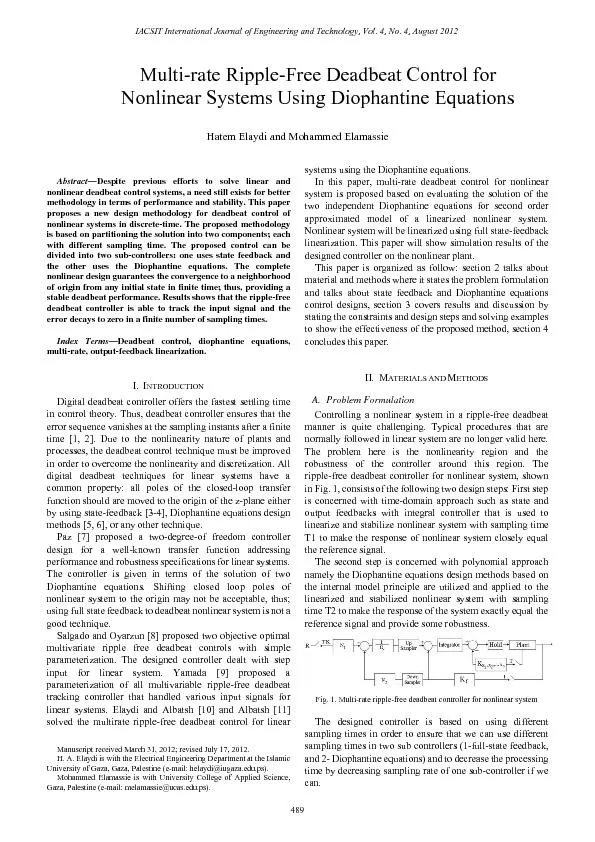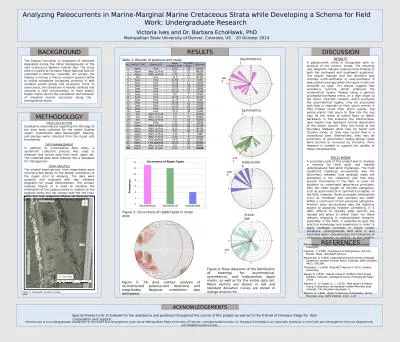PPT-Ripple Joins for Online Aggregation
Author : tatiana-dople | Published Date : 2016-07-05
By Peter J Haas and Joseph M Hellerstein published in June 1999 Presented By Sthuti Kripanidhi 9282010 1 CSE 6339 Data Exploration Overview What the paper is
Presentation Embed Code
Download Presentation
Download Presentation The PPT/PDF document "Ripple Joins for Online Aggregation" is the property of its rightful owner. Permission is granted to download and print the materials on this website for personal, non-commercial use only, and to display it on your personal computer provided you do not modify the materials and that you retain all copyright notices contained in the materials. By downloading content from our website, you accept the terms of this agreement.
Ripple Joins for Online Aggregation: Transcript
Download Rules Of Document
"Ripple Joins for Online Aggregation"The content belongs to its owner. You may download and print it for personal use, without modification, and keep all copyright notices. By downloading, you agree to these terms.
Related Documents














